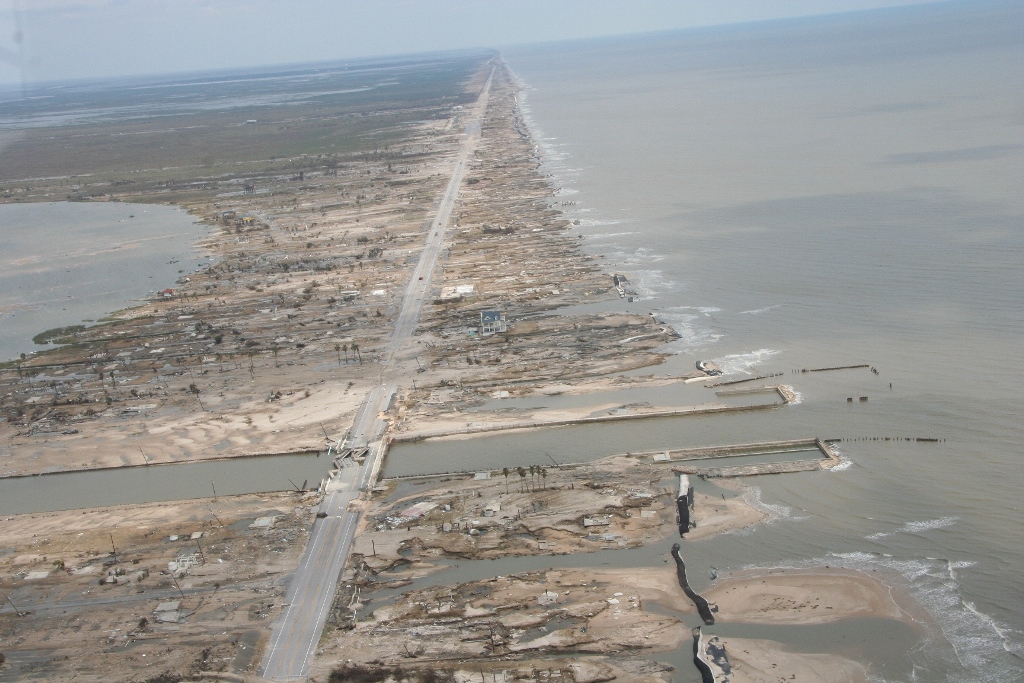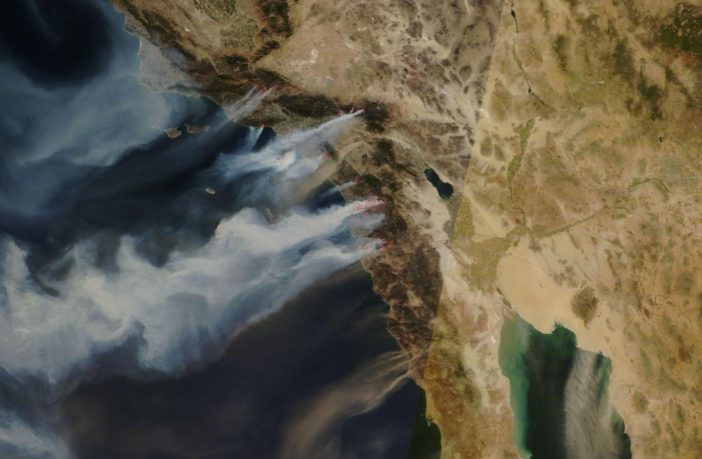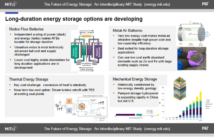There’s been a great deal of position-taking in the U.S. recently regarding global warming. Those believing climate change is inevitable have started posting doomsday warnings. While those who think the warming period is cyclical, don’t appear concerned at all. However, both parties appear to expect a degree of climate warming in the United States. We thought it would be interesting to quantify how this might look.
Towards a Consensus on Climate Warming in the United States

We decided to turn to Wikipedia for help. That’s because it is an open-edit wiki with firm editorial control. Hence we expect it to be objective and toe a middle line. According to general consensus, the US government’s surface temperature record reflects an increase of 1 °F (0.56 °C) between 1950 and 2009.
A NOAA report of 2009 spoke of lake and river ice melting sooner in the spring, and plants blooming earlier. Multiple animal species were shifting their habitat ranges northward while there were already reductions in the size of glaciers. In 2012, the United States experienced its warmest year on record. Therefore, it seems climate warming in the United States could be with us for a while.
What Trends Await Us in The Next Decade?
We can only generalize in a short post. You may like to consult your city and county authorities regarding your local situation. However, the consensus on Wikipedia suggests the US economy could shed 10% of GDP if current weather trends continue.

Rising carbon dioxide levels in the atmosphere over North America will increase crop yields, although heat waves, droughts, and floods will take their toll.
The overall forecast for warming is not encouraging. Wikipedia suggests a 3.8 to 4.9 °F (2.1 to 2.7 °C) warming between 2000 and 2050.
Finally, melting polar ice will raise sea levels. We will need increasing sea defenses against ocean surges to prevent inundation of our coastal cities.
Related
North America Climate Change: United States
Could Batteries Power the United States?
Preview Image: Santa Ana Winds Expand California 2007 Fires




